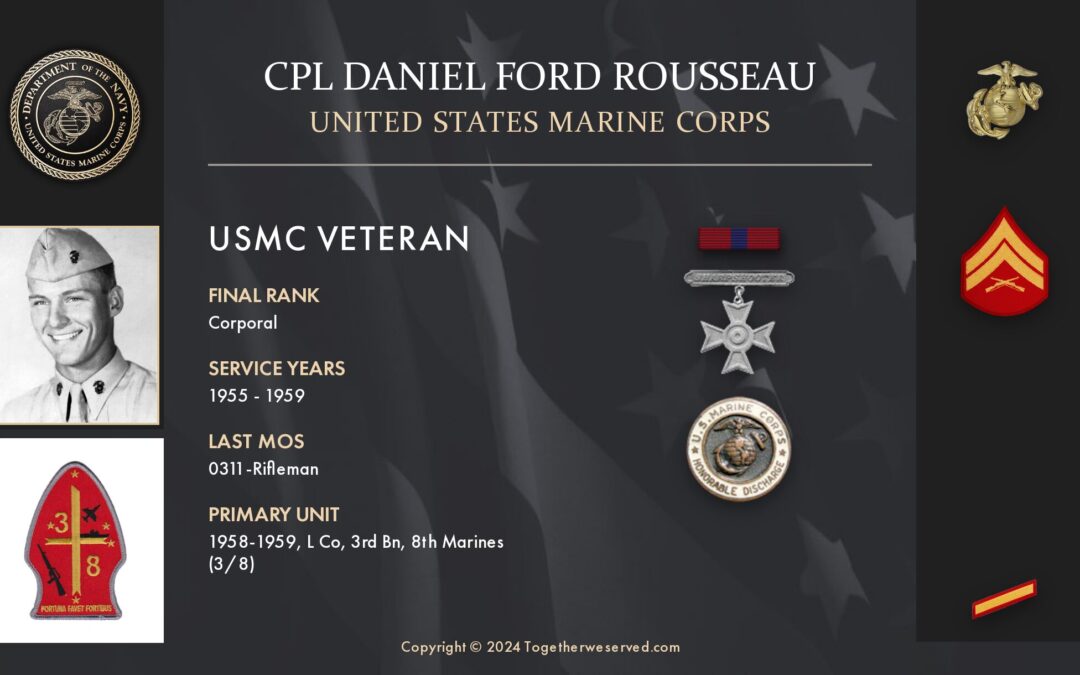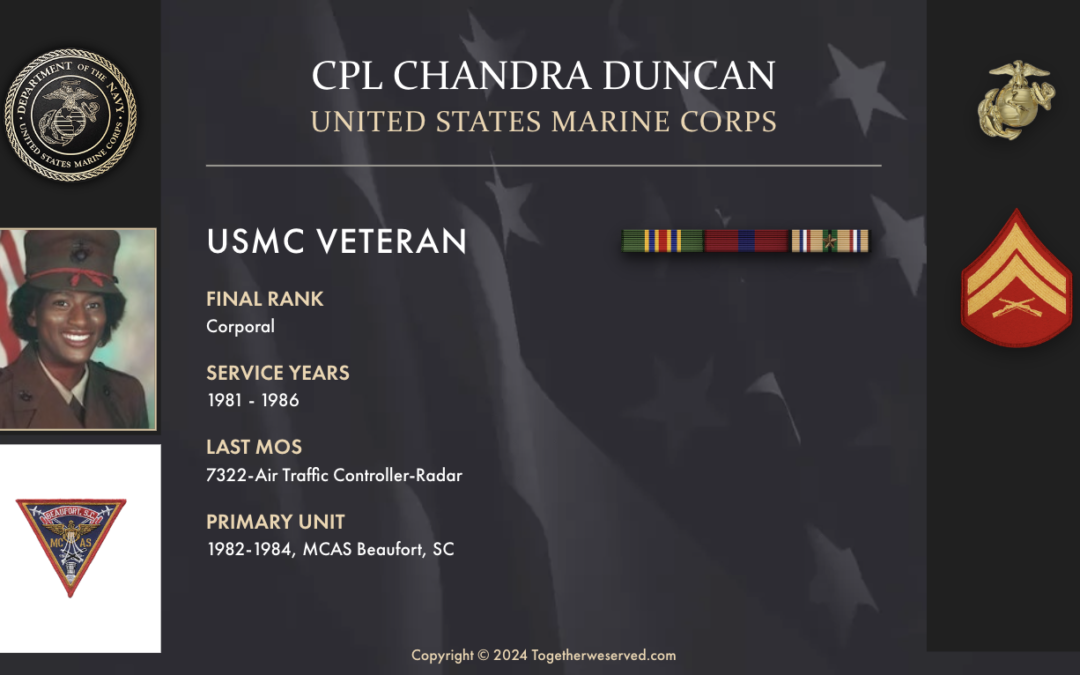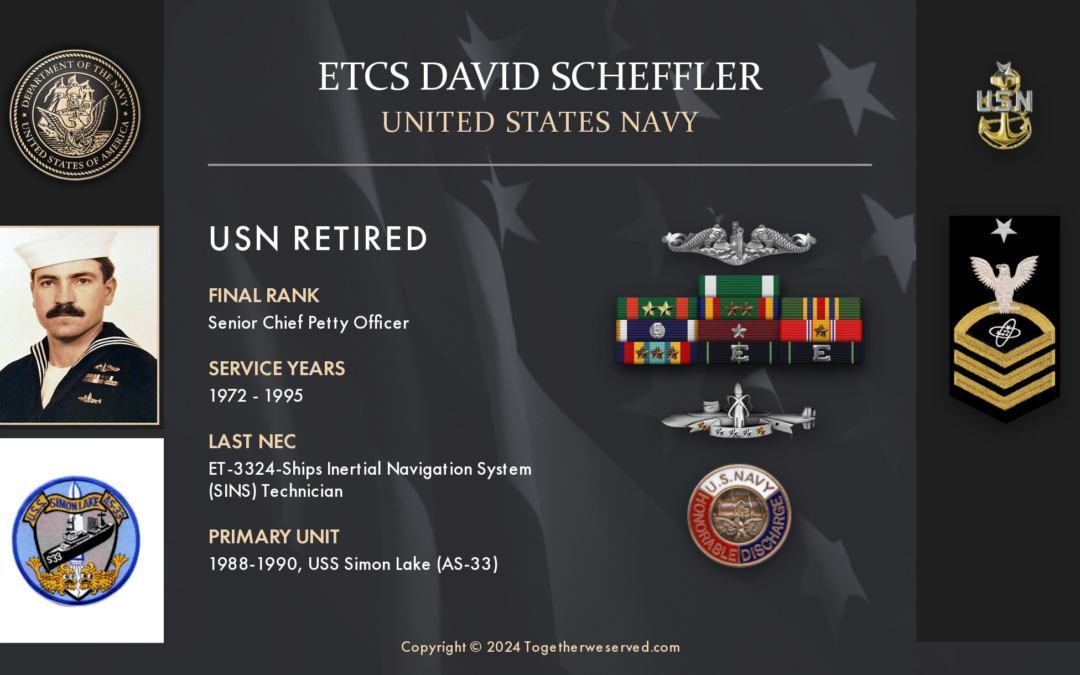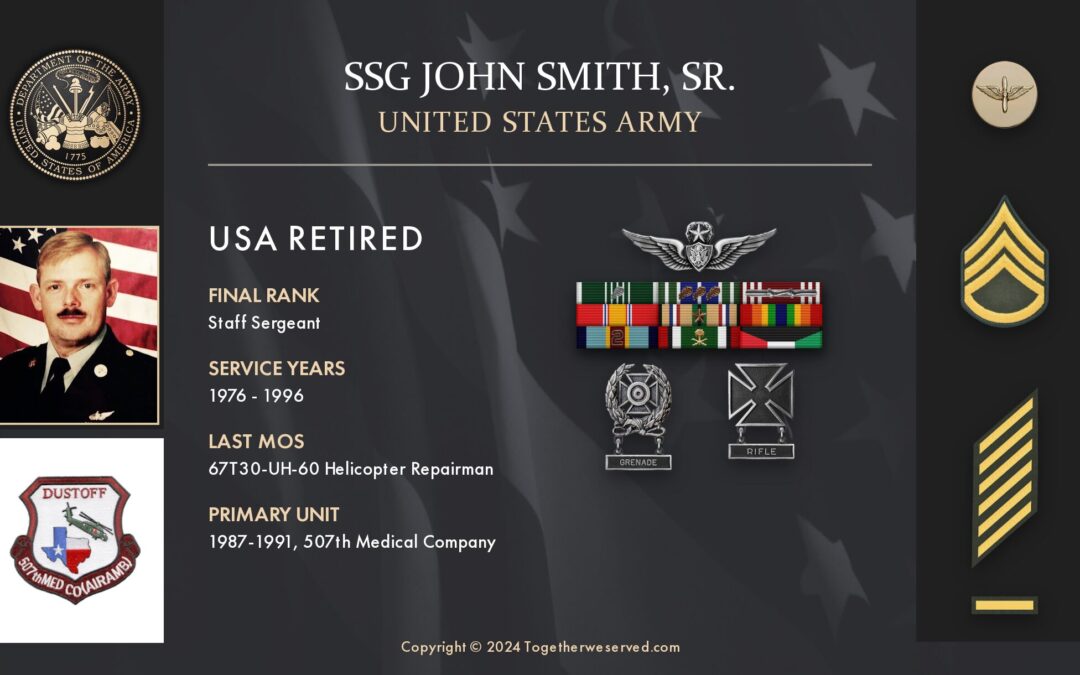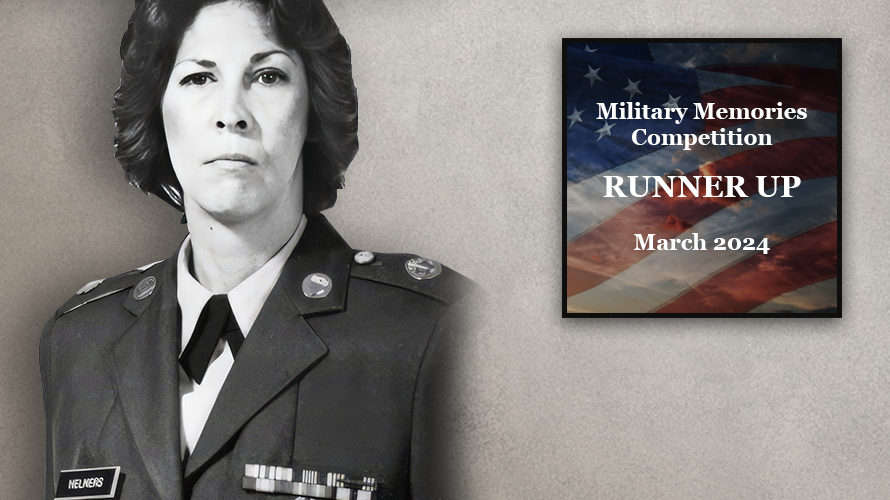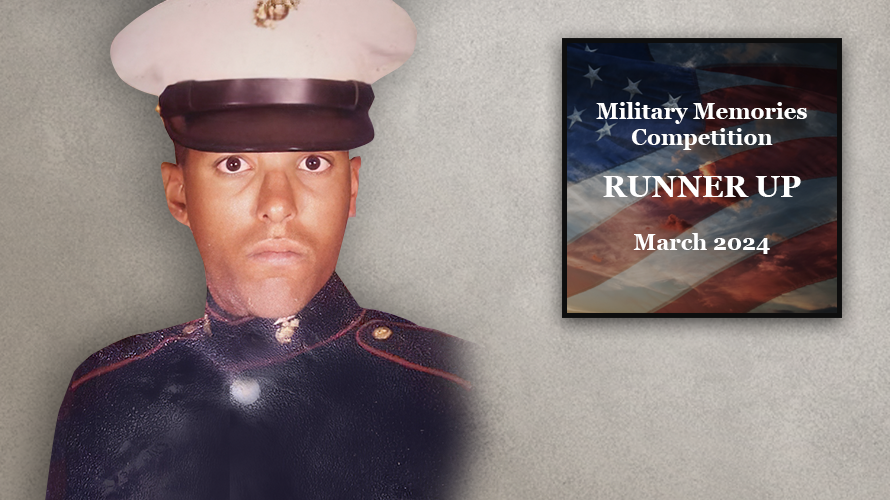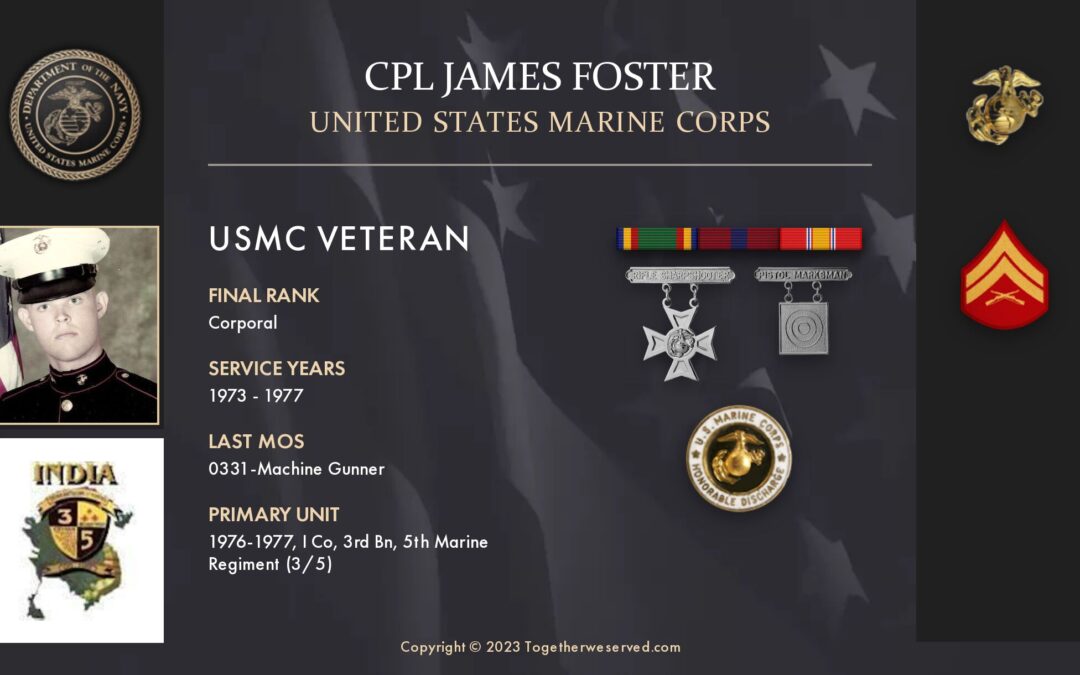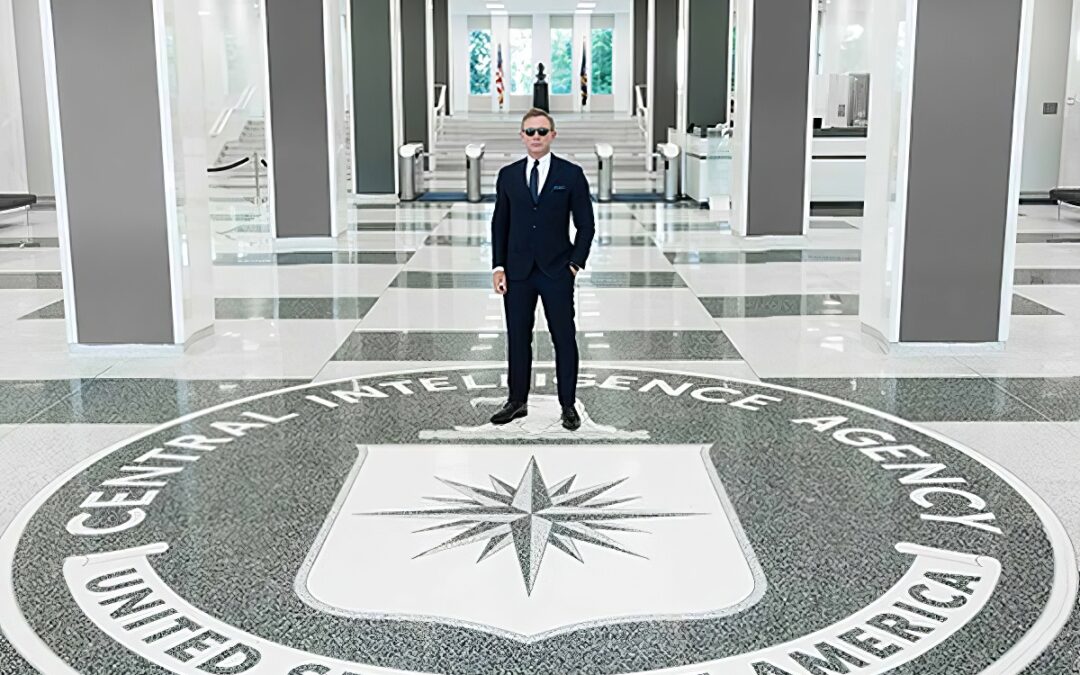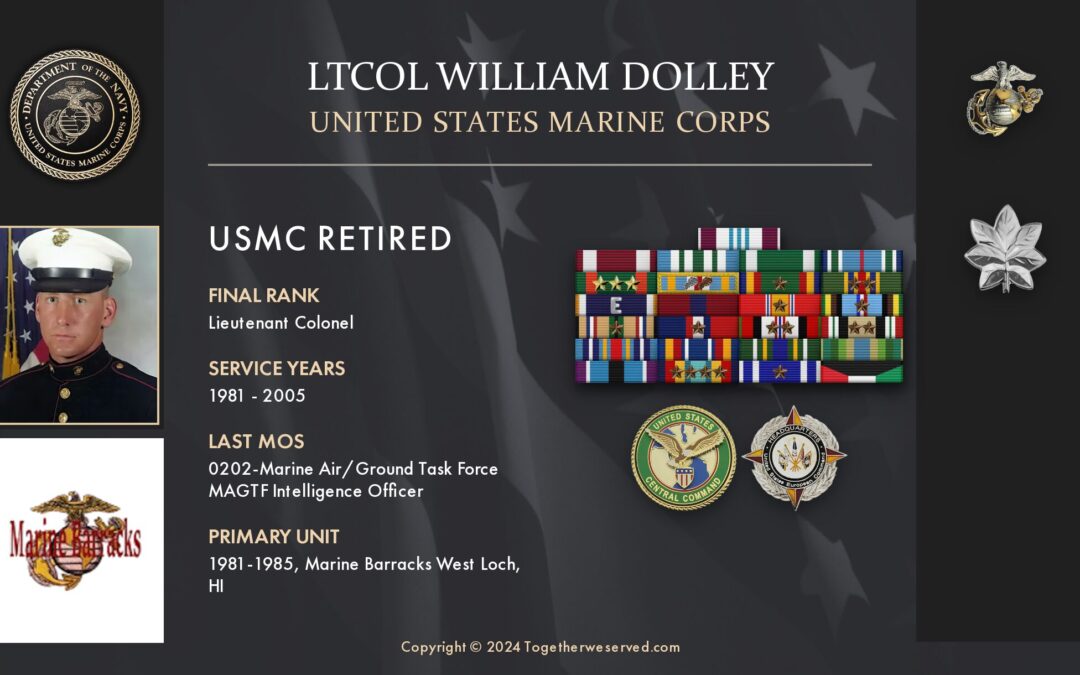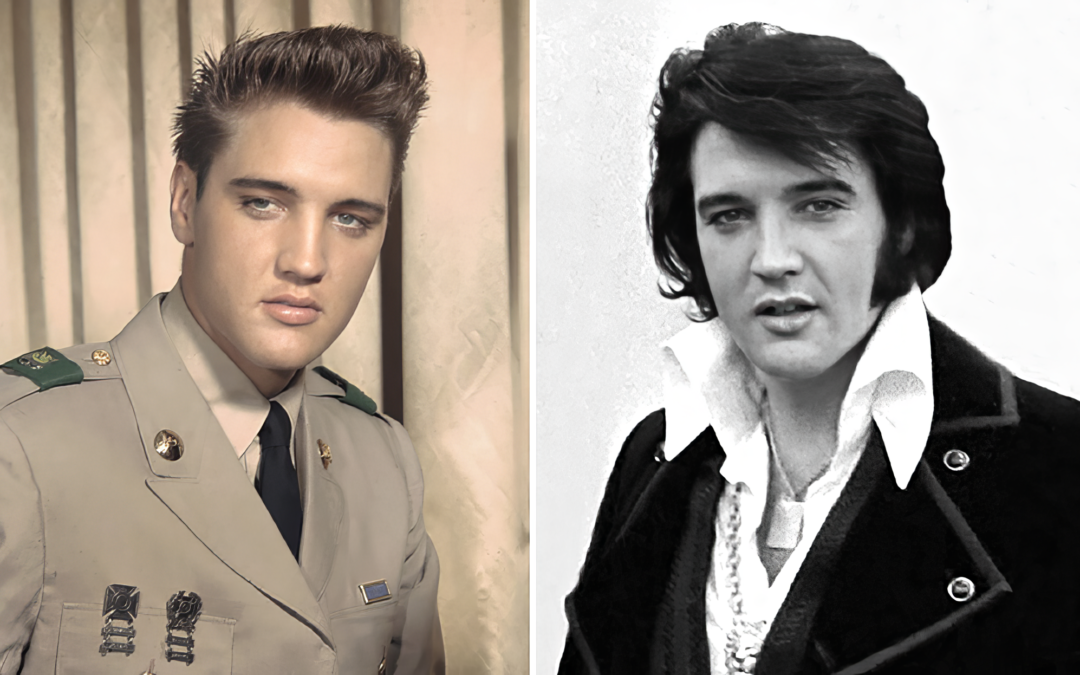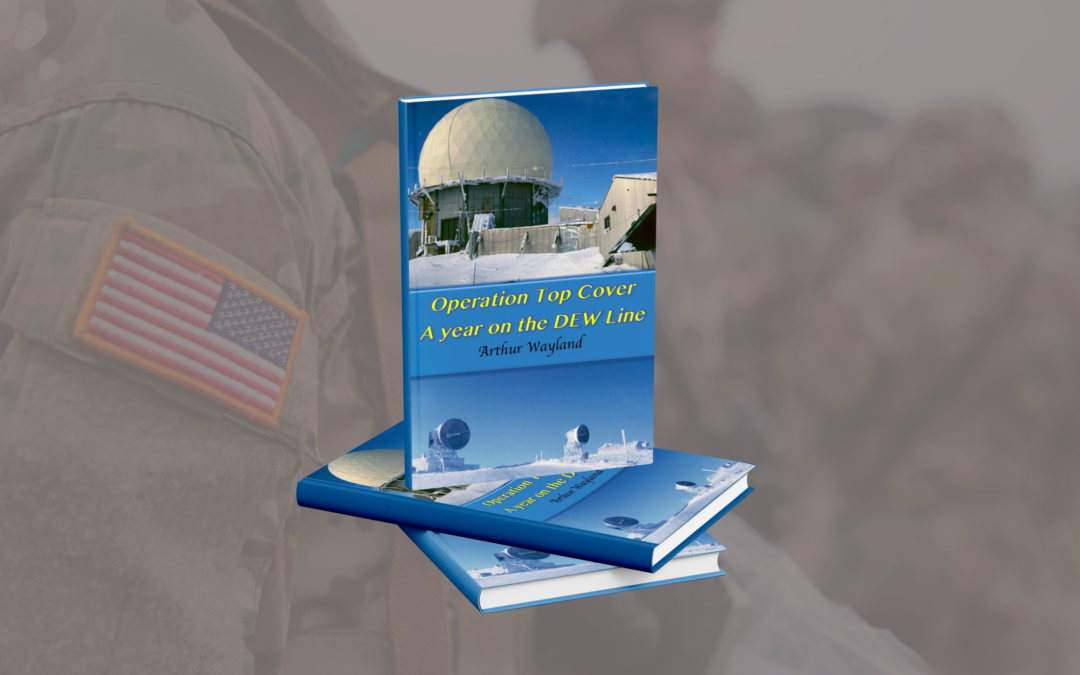The movie “Sands of Iwo Jima.” We were twelve-years-old when a friend and I came out of the movie theater and agreed that we would join the Corps together when we were old enough.
In 1955, my senior year in high school, I joined the 99th Special Infantry Company, our local Reserve unit. That is where I was recruited by then SSgt. H. Gene Duncan.
